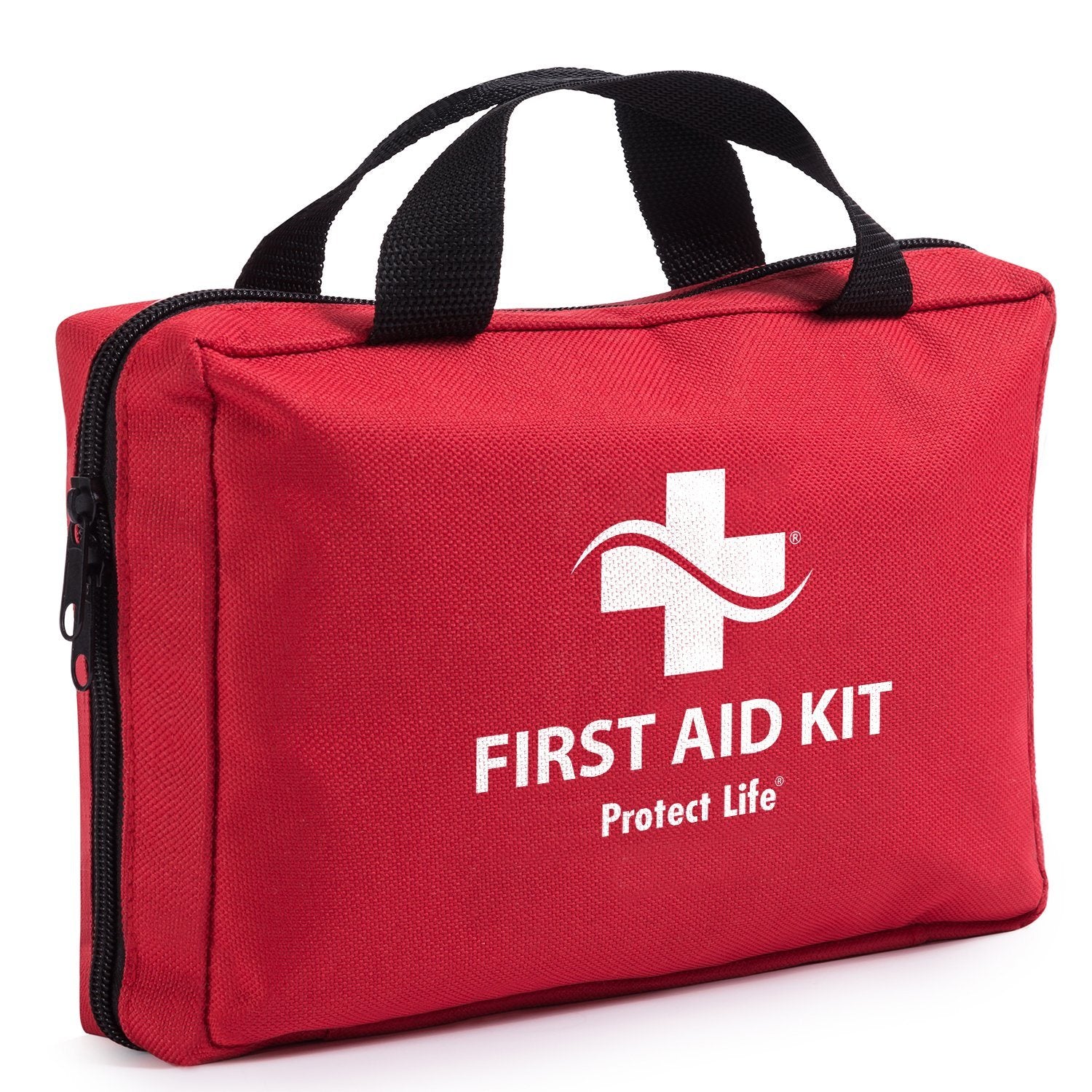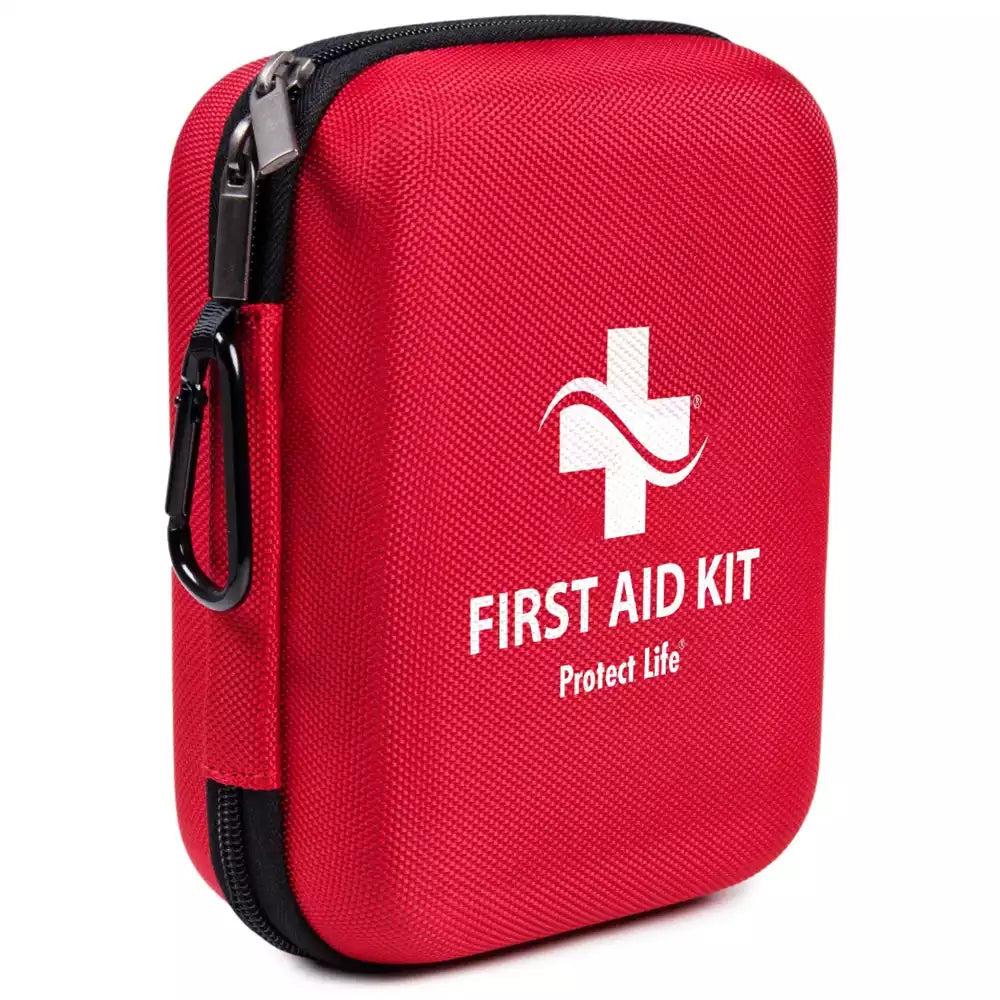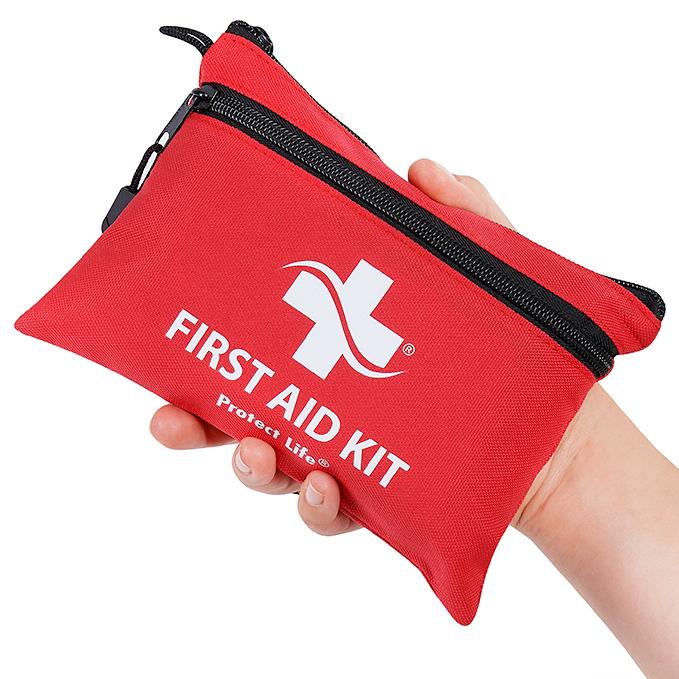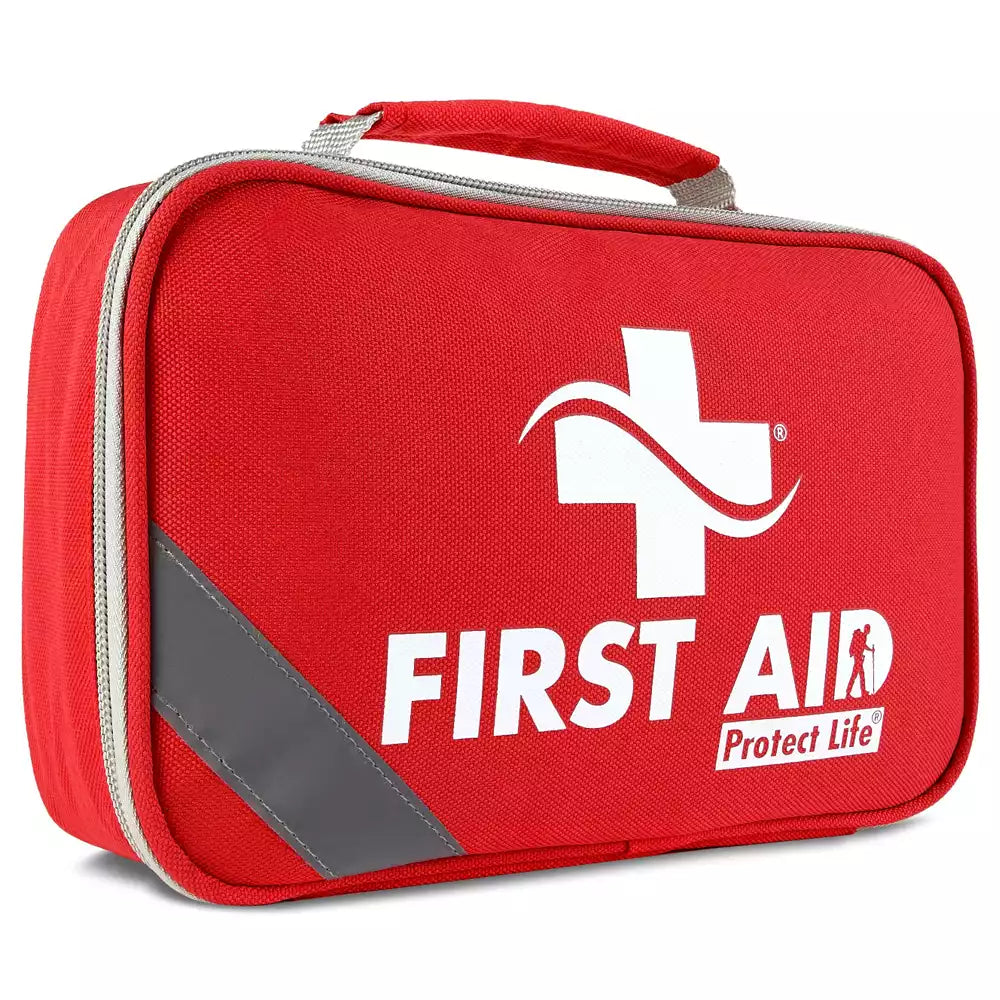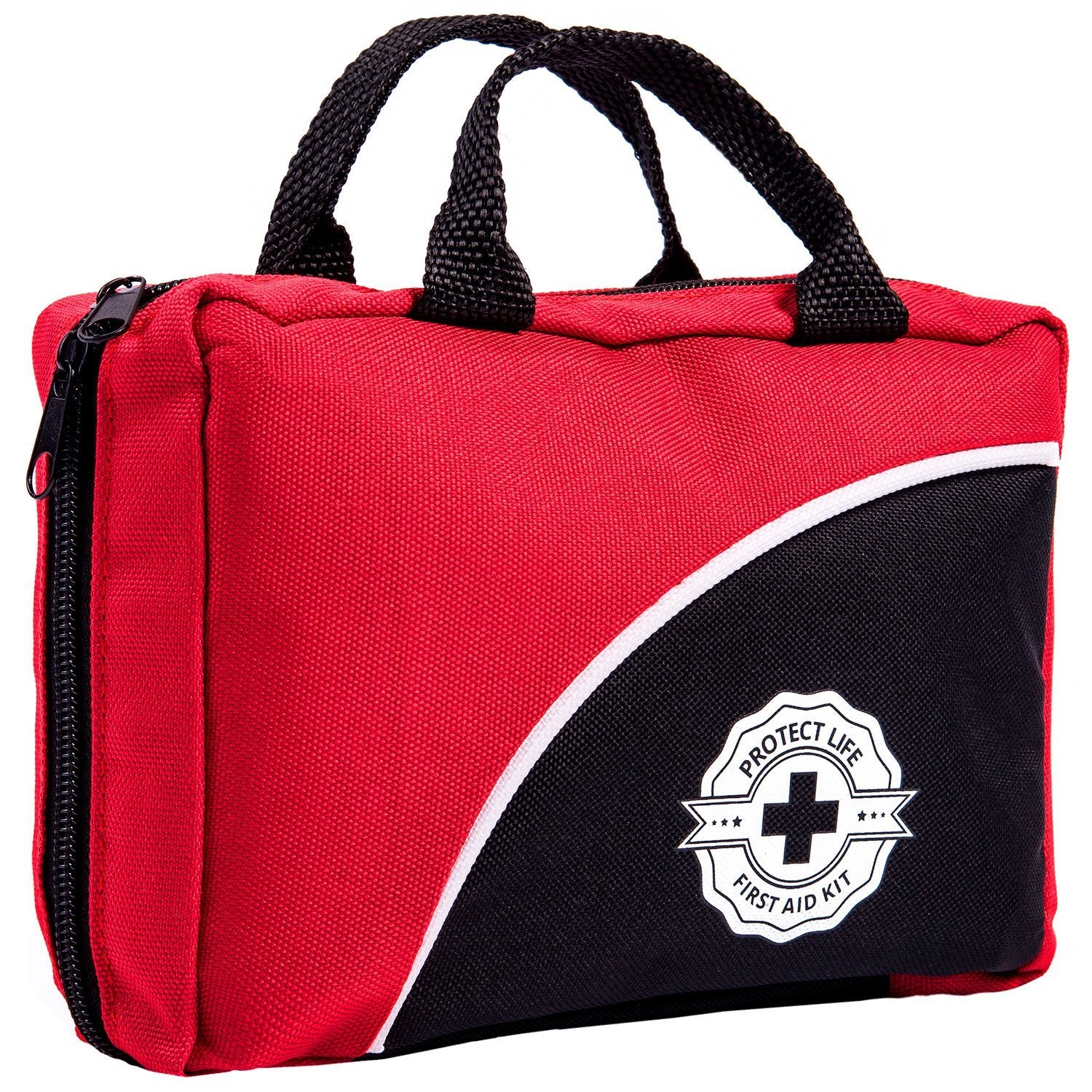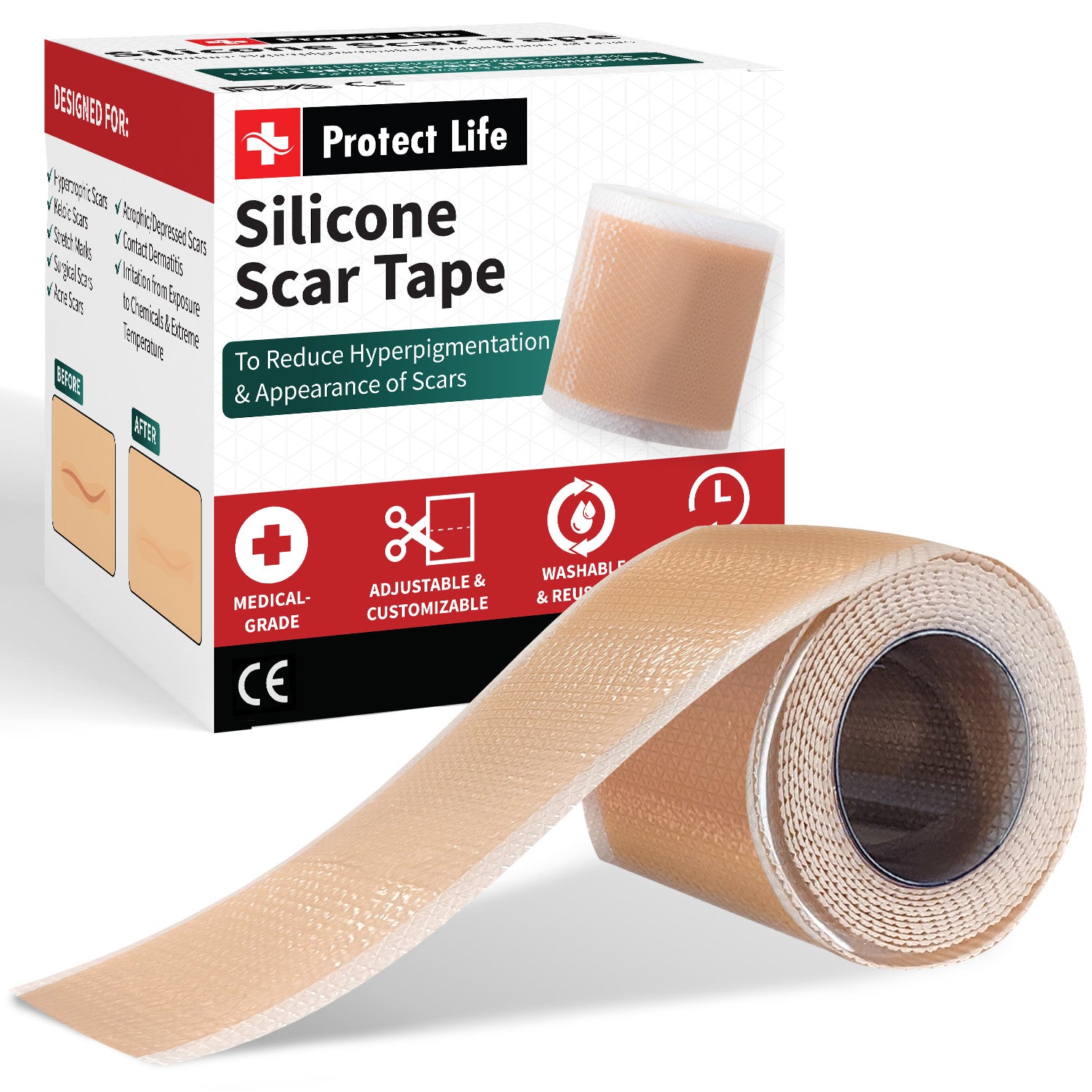Because of the coronavirus pandemic that has taken over the world and basically changed the life of the entire Earth population, the demand for face masks has increased dramatically. Combined with good hygiene and social distancing, masks are crucial for saving people’s lives and avoid spreading the virus.
But not all masks are the same, and some offer more protection than others. For example, surgical masks do not filter small particles and do not fit tightly on the face. The most common ones that also offer good protection are the filtering face-piece respirators, simply known as N95 masks. They are regulated by the National Institute for Occupational Safety and Health (NIOSH), and they need to fulfil certain conditions.

Demand for N95 masks
To help meet the growing demand for N95 masks, Protect Life has increased production and is helping to save lives. Now let’s see a breakdown of what are N95 masks are and where the name comes from:
N: it stands for “Non-Oil” and is a Respirator Rating Letter Class. This means that you can use this type of mask when no oil-based particles are present, as this mask does not protect against oil particles. The other types are R (resistant to oil for up to 8 hours) and P (oil proof).
95: it refers to the percentage of particles bigger than 0.3 microns that are filtered. So an N95 mask will filter 95% of these particles. “99” masks (for example N99, P99) filter 99% of the particles, while “100” masks filter 99.97% of them.
0.3 microns: this number refers to the smallest size of the particles (dust, fumes, mists, etc.) that get filtered by the mask.
Material: an N95 mask is usually made of electrostatic non-woven polypropylene fibre.
Valves: these are optional, but some N95 masks do have them included. According to the Center for Disease Control and Prevention (CDC), an exhalation valve reduces the resistance at exhalation, making breathing with a mask easier.

The Symptoms of COVID-19
The main symptoms of the coronavirus infection are:
- A high temperature
- A dry cough
- A sore throat
- Nasal congestion or a runny nose
- Aches and pain
- Diarrhoea
The good thing is that around 80% of the infected people only have mild symptoms, similar to a cold, and they recover with no special treatment. 16% of those with COVID-19 become seriously ill, but they can recover if they receive the needed treatment in a hospital. Unfortunately, around 4% die (this number differs a lot from one country to another). Those at higher risk are the elderly and those with underlying medical conditions such as high blood pressure, heart disease, diabetes or respiratory conditions.
The best way to protect yourself and your family from this virus is to respect the indications given by your government and local authorities. Stay inside and avoid human contact as much as possible, wash or disinfect your hands as often as possible, and wear a protective mask when going outside. You can learn more about the Protect Life N95 masks and buy yours today by visiting this link.



